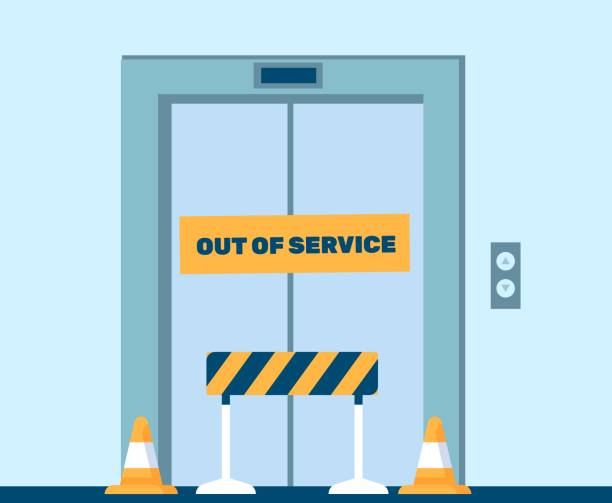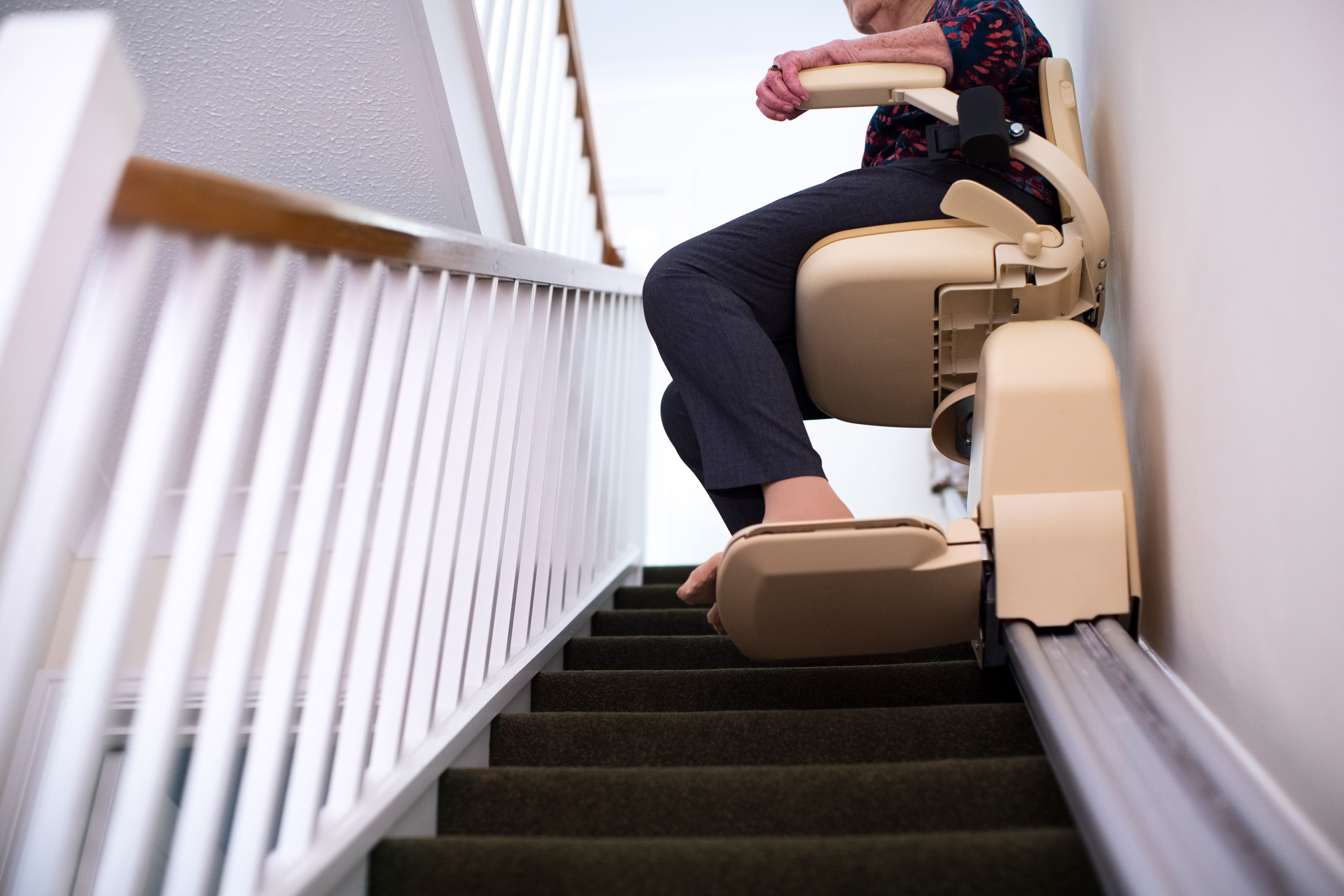Understanding Platform Lift Capacities: Crucial for Reliable Lift Service
Understanding Platform Lift Capacities: Crucial for Reliable Lift Service
Blog Article
Expert Tips for Ensuring Safety During Comprehensive Lift Repair Treatments
In the realm of extensive lift repair procedures, security stands as a vital issue that necessitates thorough interest to information and adherence to developed methods. As the complex interplay of equipment and human treatment unfolds, a strategic method to safety ends up being the linchpin for effective repair work operations.
Safety Equipment Requirements
The safety and security gear demands for lift repair procedures are necessary to make certain the well-being of upkeep employees. Proper safety and security equipment not only safeguards employees from potential dangers yet likewise improves performance and precision during fixing tasks. When working on lifts, upkeep employees have to comply with rigorous safety protocols by using ideal equipment such as hard hats, security goggles, gloves, steel-toed boots, and high-visibility vests. These items are created to give protection against head injuries, eye damage, hand injuries, foot injuries, and enhance exposure in the job setting to avoid mishaps.
Construction hats are important for guarding versus head injuries from bumping or dropping objects right into overhead frameworks. Safety and security safety glasses shield the eyes from particles, chemicals, or stimulates that may be created throughout repair. Gloves offer hand protection from cuts, burns, or electric shocks, while steel-toed boots supply foot security from hefty items or devices. High-visibility vests ensure that upkeep employees are quickly seen by others, decreasing the risk of crashes because of poor visibility. By purely adhering to safety and security gear requirements, upkeep personnel can minimize dangers and work effectively to keep and fix lifts.

Devices Evaluation List
To ensure the maintenance employees's safety and the proper functioning of lifts, a comprehensive equipment evaluation checklist is necessary before commencing any fixing treatments. lift repair. This list must consist of a complete evaluation of all components such as cable televisions, sheaves, electrical systems, and safety devices. It is critical to evaluate for any kind of signs of wear and tear, corrosion, or damages that might jeopardize the lift's structural integrity or functional effectiveness
Along with mechanical elements, the inspection list need to include safety features like emergency situation brakes, restriction switches, and overload sensing units. These safety mechanisms play an essential function in making certain and avoiding crashes user security during lift operation.
In addition, validating the calibration of control systems, validating proper air flow and lighting within the lift shaft, and looking for any type of blockages or debris are crucial steps in the evaluation procedure. Routine upkeep and adherence to the equipment evaluation checklist not just enhance safety and security procedures however additionally expand the life expectancy of the lift system, lowering the probability of costly repair work or unexpected failures.
Danger Identification Techniques
Making use of systematic analysis methods, danger identification techniques are employed to identify potential threats within lift fixing treatments. These methods involve a comprehensive assessment of the fixing environment, tools, and jobs included to determine any type of dangers that could result in injuries or crashes. One common technique is the Job Security Evaluation (JSA), where each step of the repair service procedure is meticulously examined to recognize potential risks and identify the very best safety and security steps to mitigate them. In Addition, Failure Setting and Consequences Evaluation (FMEA) can be used to prepare for potential failure factors in the fixing procedure and develop preventive actions to address them proactively.

Emergency Feedback Preparedness
With an emphasis on ensuring swift and efficient response to unanticipated scenarios, emergency reaction preparedness is an important facet of maintaining security throughout lift repair service treatments. Focusing on emergency situation preparedness involves developing clear interaction networks, marking specific duties and duties, and carrying out routine drills to examination reaction times and procedures.
Key components of emergency action preparedness include having easily accessible emergency treatment packages, fire extinguishers, and emergency situation contact info prominently showed. It is essential to educate all personnel associated with lift repair service treatments on emergency situation feedback methods, including exactly how to securely leave the location in instance of a fire or other emergency situations.
In addition, establishing an extensive emergency feedback plan certain to lift repair work circumstances can aid minimize prospective threats and make sure a timely and worked with response in case of an event. On a regular basis evaluating and updating this strategy based on lessons picked up from past drills or occurrences is necessary to constantly improve safety procedures throughout lift repair work procedures.
Ongoing Security Training
Continuous education and training in safety procedures is an essential part of making sure discover this info here the continuous safety of employees during lift repair service procedures. Ongoing safety and security training plays a vital duty in maintaining employees notified about the most up to date security criteria, procedures, and ideal practices in the industry (lift service company). By giving regular training sessions, workers can stay current on possible dangers, safe work procedures, and emergency situation methods specific to read the article raise repair work environments
Routine safety training additionally aids strengthen the importance of complying with safety and security standards and treatments at all times. It infuses a safety-conscious mindset among employees, advertising a society of safety within the office. In addition, ongoing training permits workers to revitalize their expertise and abilities, enhancing their preparedness to handle any type of unanticipated safety challenges that might develop during lift repair procedures.
To guarantee the efficiency of recurring safety training, it is necessary to tailor the web content to the details threats and demands related to lift repair treatments - lift service company. Companies should on a regular basis evaluate training requirements, offer chances for hands-on technique, and encourage open interaction concerning security issues amongst all personnel associated with lift repair service operations
Conclusion
To conclude, making sure safety throughout comprehensive lift fixing procedures is important for preventing injuries and accidents. By complying with security gear demands, conducting tools assessments, recognizing threats, preparing for emergency situations, and giving ongoing safety training, employees can reduce dangers and produce a risk-free workplace. Focusing on safety actions and remaining alert throughout the repair work procedure will aid shield both employees and the equipment being serviced.
When working on lifts, upkeep workers must adhere to rigorous security procedures by using suitable gear such as tough hats, safety goggles, gloves, steel-toed boots, and high-visibility vests. One common method is the Work Safety Analysis (JSA), where each step of the repair procedure is meticulously evaluated to identify potential hazards and figure out the ideal safety procedures to minimize them.Consistent education and learning and training in safety and security procedures is a fundamental part of making certain the recurring useful content safety of workers throughout lift fixing treatments.Normal security training additionally helps strengthen the importance of following safety and security standards and treatments at all times. By adhering to safety and security gear requirements, conducting devices inspections, identifying threats, preparing for emergencies, and offering continuous safety and security training, employees can lessen threats and produce a secure work environment.
Report this page